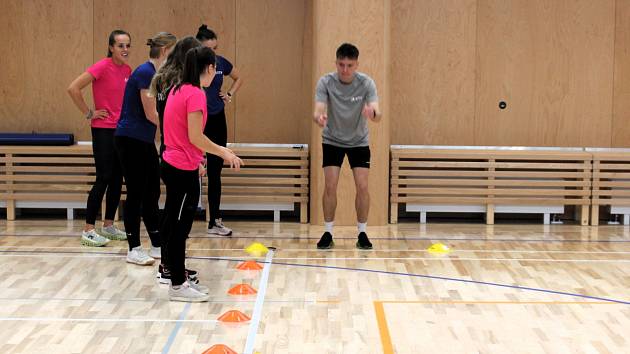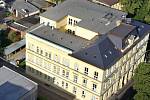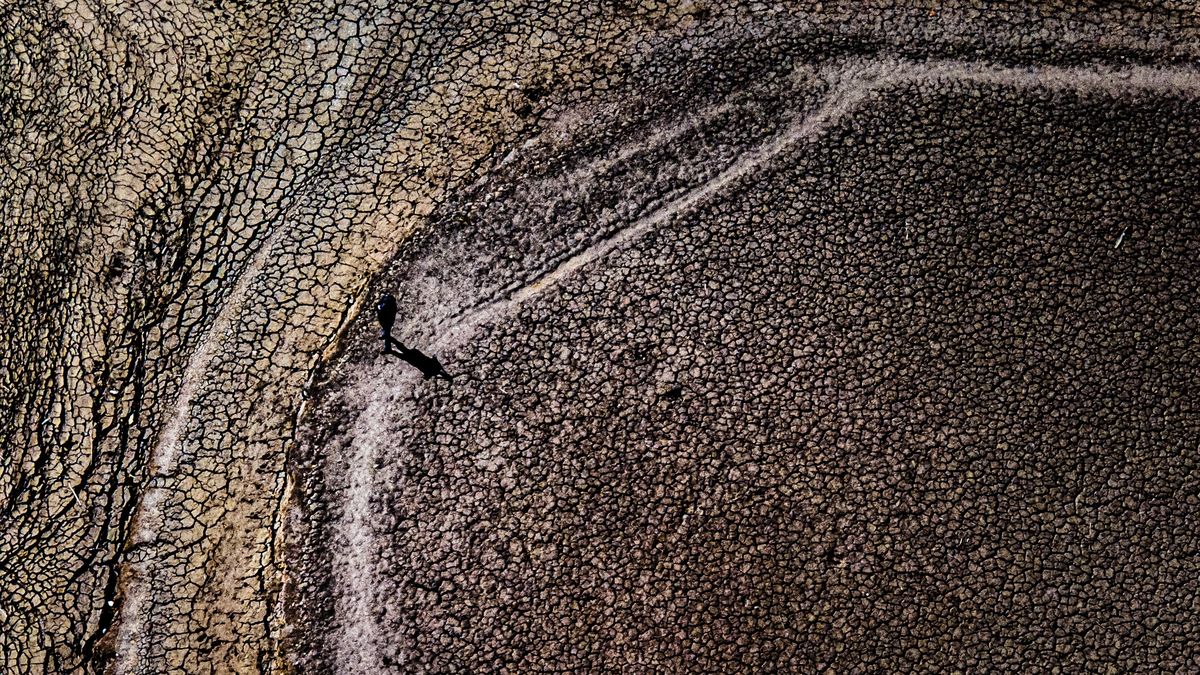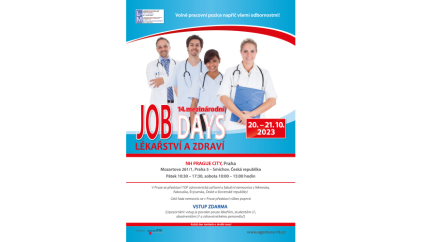One hundred years ago, under the leadership of Emanuel and Jan Roubal, an investigation was carried out into the physical maturity of children from Czechoslovak schools. Researchers from Liberec have now followed up on the methodology and come to a not-so-good conclusion.
An extensive and unique comparison of the physical maturity of Czech and Slovak youth after a hundred years. Illustrative video..
| Video: Jiří Louda
They were much taller and weighed several kilograms more than their peers in 1923. This is how we can summarize the conclusions of an extensive and unique comparison regarding the physical maturity of Czech and Slovak youth after a hundred years, carried out by experts from the Liberec Department of Physical Education and Sports (KTV) Faculty of Humanities and Pedagogy (FP) at the Technical University of Liberec (TUL).
Nearly five thousand children and teenagers aged between 11 and 19 years took part in a survey of children’s physical fitness and its proportions. “Today’s children are on average 13 centimeters taller and almost 10 kilograms heavier than their peers in 1923. This is consistent with long-term development trends in our population,” said KTV academic Lukáš Rubín.
They managed to involve the same school where the experiment was carried out a hundred years ago. For example, the FX Šalda Gymnasium, which was the direct successor of the State Czechoslovak Reformed Real Gymnasium in Liberec, whose students also participated in a large-scale survey of physical development in 1923.
Čudla caught čudla. The little fisherman was proud of his first catch
They conducted the tests at 15 Czech multi-year secondary schools from Pilsen to Prague, Pardubice to Uherské Hradiště. Five Slovak schools also participated. “Some physical fitness tests are not even easy to do today, such as the javelin throw or discus throw, which were routinely done in schools in 1923. From fourteen early movement tests, we created a set that includes five tests that focus on movement skills basics,” explained Rubín, adding that disciplines such as long jump from a standing position, long ball throwing from a standing position, push-ups and speed and endurance events were awaited by the participants.
While expectations were met for some disciplines, such as the decline in push-ups, in other disciplines the decline was not as dramatic. Current results for sprinting or long jump are better than expected. However, compared with 1923, there was a significant increase in the extremes on both sides.
“While the average values are similar in 2023, we recorded more significant extreme values. People with physical disabilities who achieve very low physical fitness scores represent a potential health risk associated with the occurrence of civilization diseases, especially of the cardiovascular system, related to lack of exercise,” emphasizes Aleš Suchomel, head of the physical department. education and sports at FP TUL.
The oldest Czech business academy was founded in Liberec. It celebrates 160 years this year
The team concluded that until the second half of the last century, motor performance had increased, and only in the last decade did a turning point occur and physical fitness decreased. “We have returned to the levels after the First World War, and what’s more, the trend is still downward, which is certainly not positive news,” Rubín said.
According to him, changing and improving the physical fitness of the younger generation requires a multisystem approach, not just about school and gym class, family background also plays a role. “There is a need to improve the quality of physical education teaching. “So we don’t just focus on assessment, but try to motivate children to feel the joy of movement,” he explained, adding that physical education classes must be varied so that children can find their favorite sport. “The key is that children can do relaxing sports activities on their own after the gym. He has to show them the way, how to do it,” he added.
Responding to this trend, two study programs were established at the University of Liberec, namely physical education with a focus on education and sports with a focus on a healthy lifestyle. Therefore, their students are guided on how to motivate their future clients to exercise regularly and develop physical fitness. Among the main strengths of the study program is its practical orientation. Practical subjects are strengthened, as are a number of theoretical subjects.
The great advantage also lies in the complex system of professional practice, which takes place with gradual intensity over three consecutive semesters. “Graduates will find work in leisure organizations or associations, in business areas such as health and fitness centers, regeneration centers, public spas, or in local government agencies and state administration,” added Lukáš Rubín.
PARTICIPATING SCHOOLS:
Karel Sladkovský High School, Prague Žižkov
Bohumil Hrabal Secondary School, Nymburk
Dr. Gymnasium Josef Pekař, Mladá Boleslav
Gymnasium and Secondary School of Education, Nová Paka
Jiráskov grammar school, Náchod
FX Šalda High School, Liberec
Vítězslav Novák High School, Jindřichův Hradec
Gymnasium, Dašická, Pardubice
Třebíč Gymnasium
Klvaň and SZŠ Kyjov Gymnasiums
Olomouc Slavic Gymnasium
Masaryk Příbor grammar school
Uherské Hradiště Gymnasium
Gymnasium, Mikulášské náměstí Pilsen
Václav Hlavatý Louna High School
Ľudovít Štúr Zvolen Middle School
Gymnasium, Grösslingová (Gamča) Bratislava
MR Štefánika Košice Gymnasium
J. Francisci-Rimavský Levoč High School
MR Štefánika Nové Město nad Váhom Gymnasium

“Certified bacon geek. Evil social media fanatic. Music practitioner. Communicator.”








